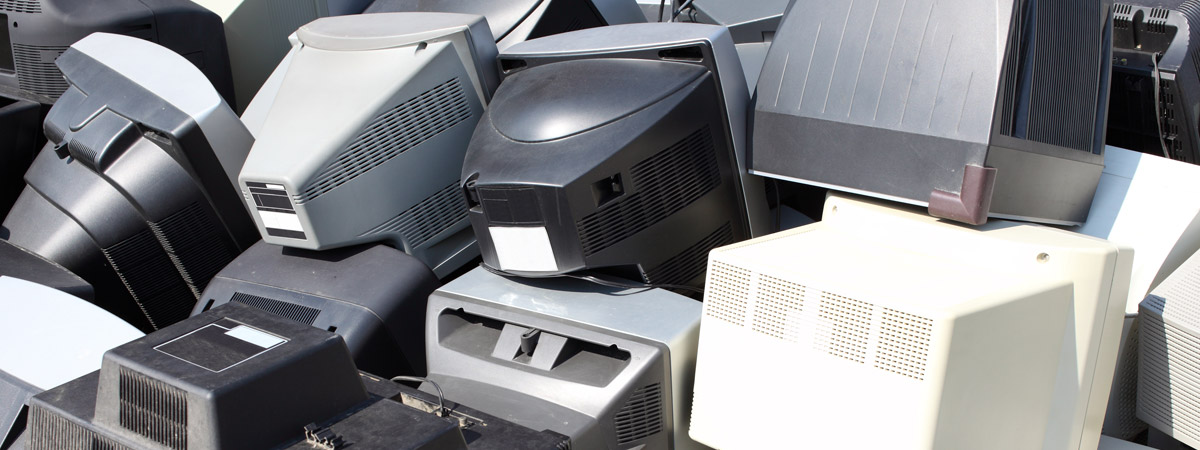Retain or Retire in Cloud Migration
Not all cloud migration choices result in a multi-tab project plan. The two easiest ones to implement are retain and retire, which aren’t exactly migration so much as decision. Let’s examine what retain and retire are and when you would choose them.
What Is “Retain” in a Cloud Migration?
Some applications are not designed for the cloud or may be too problematic to migrate. When mapping your cloud migration process, if you find a system like this, you could opt to keep them on-premises, where you “retain” the item as-is in your existing IT portfolio. Perhaps there are regulatory rules or taking the application to the cloud simply isn’t feasible. In such cases, it makes sense to leave them where they are. Note, you may lose some of the advantages of cloud migration, such as lower IT staffing requirements, reduced real estate requirements, or better software licensing.
Reasons to Retain Workloads
- The application works fine as it stands, so there is no benefit to incur costs or disruption.
- You have strict compliance regulations that require your data to be kept on-premises.
- You have active development projects going with the application.
- Operating systems or applications are not supported in the target cloud environment.
- The on-premises solution must deliver high performance, and the cloud would negatively impact it.
What Is Retire in Cloud Migration?
Some workloads have served their purpose but are no longer needed. Perhaps as your organization maps your cloud migration, someone performing an audit finds a service hardly anyone uses. Such services can be turned off, enabling the organization to focus on services that provide more business value. Identifying and retiring applications early in cloud migration is important to avoid wasted time & resources. Note, you must fully understand all upstream dependencies of a workload before retiring anything.
Reasons to Retire Workloads
- If you identify redundant applications, shutting them down can lower costs.
- Retiring workloads early during a migration project reduces the workload of teams that maintain them.
Cloud Migration: Retain or Retire
Deciding to retain or retire applications and workloads is a straightforward but important process. What’s most important is to make this choice early, in order to free up resources that could be wasted on additional work on these applications. Either option is about efficiency, either in the near term or in the long term. Your cloud migration checklist should include this evaluation as part of “the 7 R’s”. And if you do retain or retire anything, you’ll be lightening the load of the overall process!
We know about AWS cloud migration. Be sure to check out our Cloud Migration Guide or our Cloud Migration Checklist (below).


Leave A Comment